Computational models of heritage objects and environments can play a key role in analysis and decision making.
The ISH has pioneered the use of different types of models in preventive conservation: Building Information Modelling, Computational Fluid Dynamics and Systems and Agent-Based Modelling.
Microenvironments
Computational Fluid Dynamics (CFD) can be used to investigate ventilation scenarios in environments where direct measurement would be challenging. For example, we are studying microclimates behind bookshelves in historic environments, and whether air motion can be promoted with passive methods.
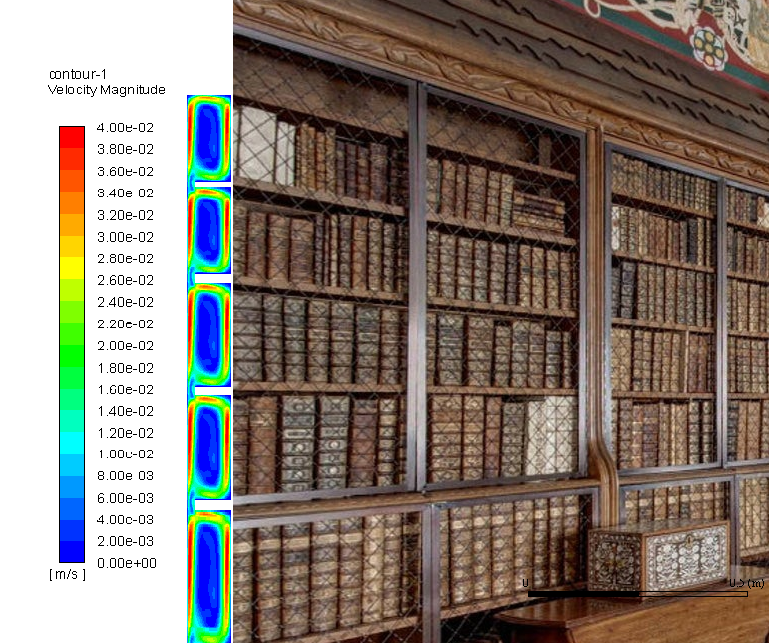
Storage and display cases
Within the APACHE project, we are developing models to predict the climate within storage boxes and display cases, as a function of enclosure design. Such models can help the development of new enclosures. CFD can also be used to simulate the emission and deposition of volatiles from objects during storage.
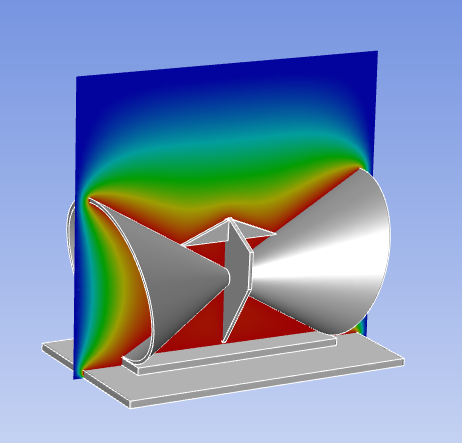
Indoor air
The CFD models developed by ISH have been used to study indoor envioronments in many historic properties, and have been extensively valdiated with experimental data. CFD can be used, for example, to predict deposition rates to surfaces in different scenarios (ventilation, heating, position of the furniture of the room, distance between the visitors and the exhibited objects...). See Grau-Bové (2016) for an example of CFD used in Apsley House, London.
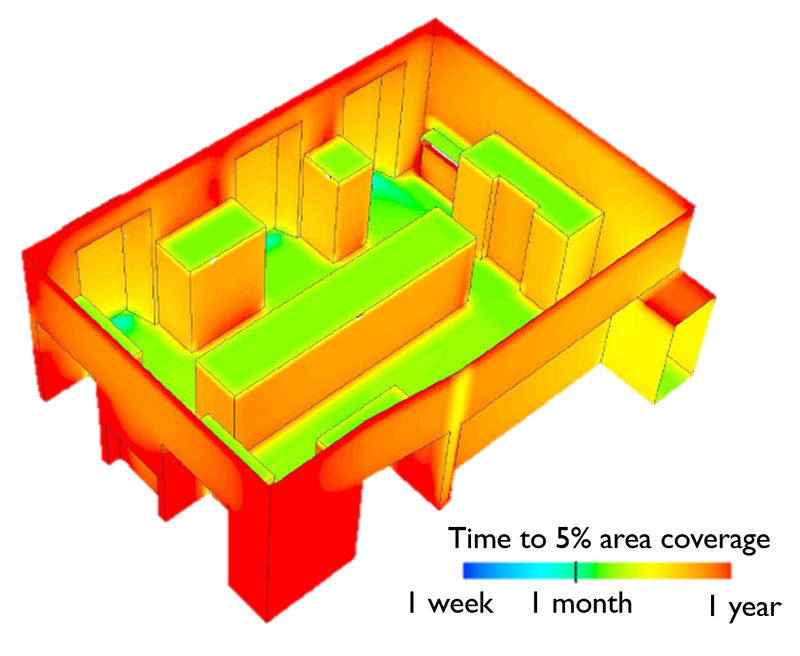
Information Modelling
Digital models or “digital twins” of heritage objects and buildings can be used to store and visualise information that can support heritage science: monitoring data, condition reports, chemical composition... We are investigating ways of integrating this information into digital models of buildings and objects, which often requires a creative use of existing software. Read more about BIM for heritage in Pocobelli, 2019.
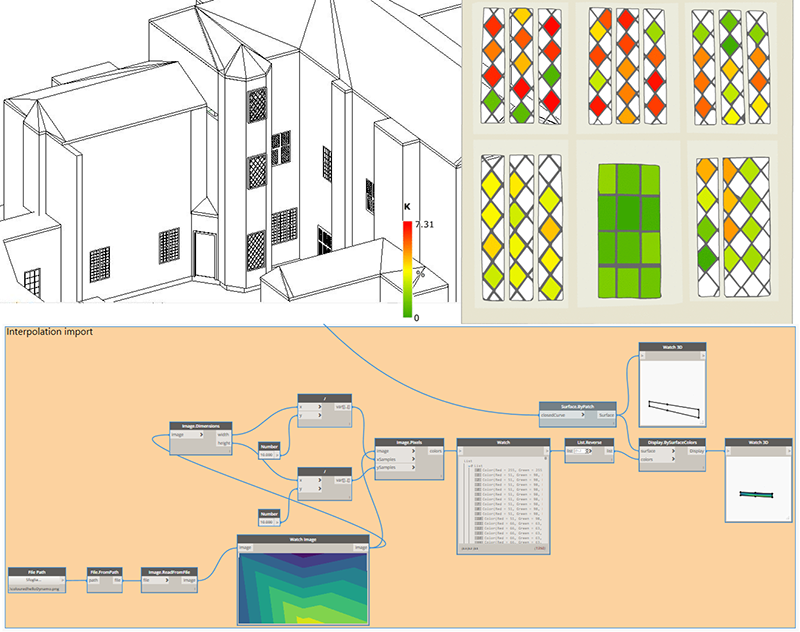
Collections Modelling
Collections are subject to many dynamic processes, not only chemical degradation, but also access, use, wear and tear, and a myriad of conservation actions. We are developing ways to model these processes mathematically, in order to evaluate their interactions and support decision-making. This involves approaches such as “agent-based” models, where items of the collection are modelled independently to observe the aggregate effects.
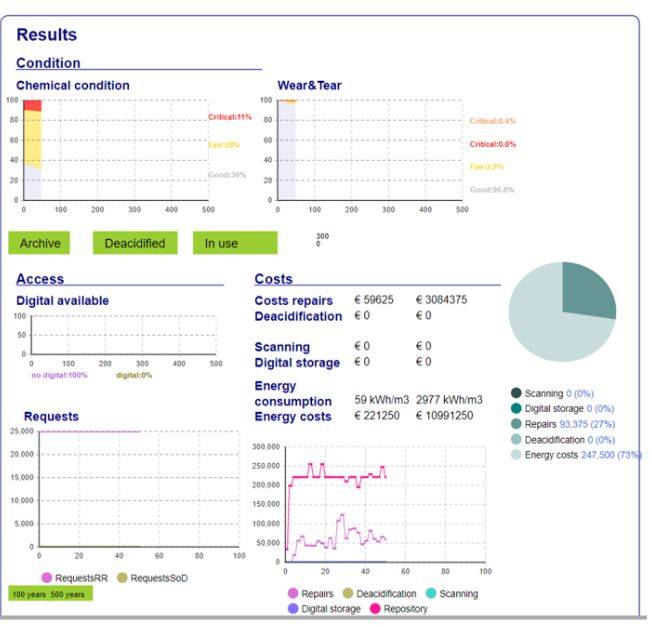
 Close
Close

